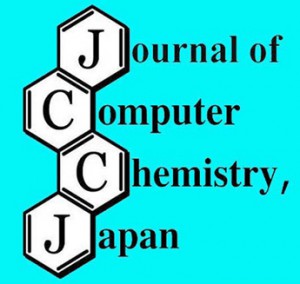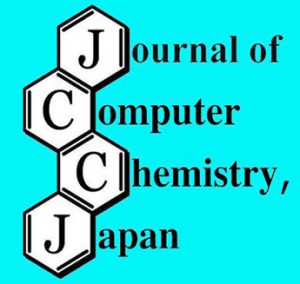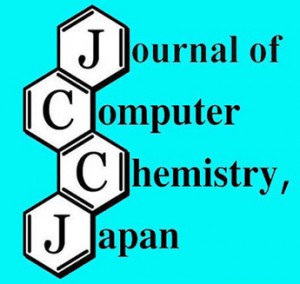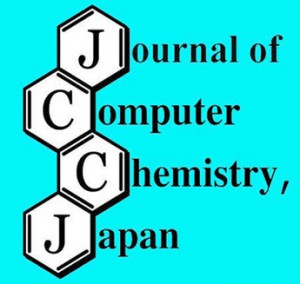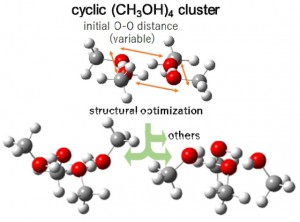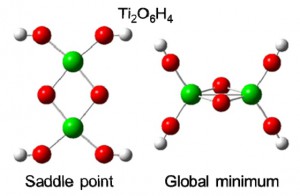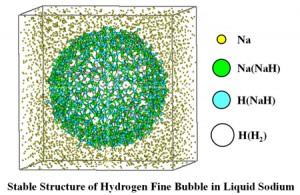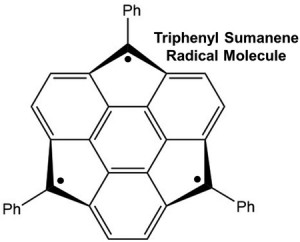[Published online Journal of Computer Chemistry, Japan Vol.21, A13-A18, by J-STAGE]
<Title:> 憧れの千田範夫さん
<Author(s):> 薄井 玲子
<Corresponding author E-Mill:> usui(at)bri.or.jp
<Abstract:> 筆者が30年来憧れている千田範夫さんが亡くなってしまわれた.とても悲しく,寂しい.私が千田さんに憧れていることはご本人にもお伝えしているし,今までも方々で公言しているが,いま一度改めてお伝えするとともに,私が事務局を務めているCAMMフォーラムに千田さんがかつて寄稿された原稿をご紹介して,千田さんのご功績とお人柄を残したい.
<Keywords:>
<URL:> https://www.jstage.jst.go.jp/article/jccj/21/3/21_2022-0015/_article/-char/ja/
<Title:> 憧れの千田範夫さん
<Author(s):> 薄井 玲子
<Corresponding author E-Mill:> usui(at)bri.or.jp
<Abstract:> 筆者が30年来憧れている千田範夫さんが亡くなってしまわれた.とても悲しく,寂しい.私が千田さんに憧れていることはご本人にもお伝えしているし,今までも方々で公言しているが,いま一度改めてお伝えするとともに,私が事務局を務めているCAMMフォーラムに千田さんがかつて寄稿された原稿をご紹介して,千田さんのご功績とお人柄を残したい.
<Keywords:>
<URL:> https://www.jstage.jst.go.jp/article/jccj/21/3/21_2022-0015/_article/-char/ja/
